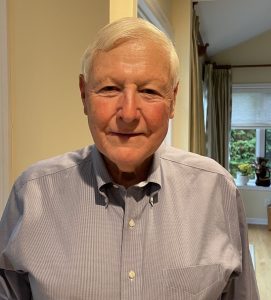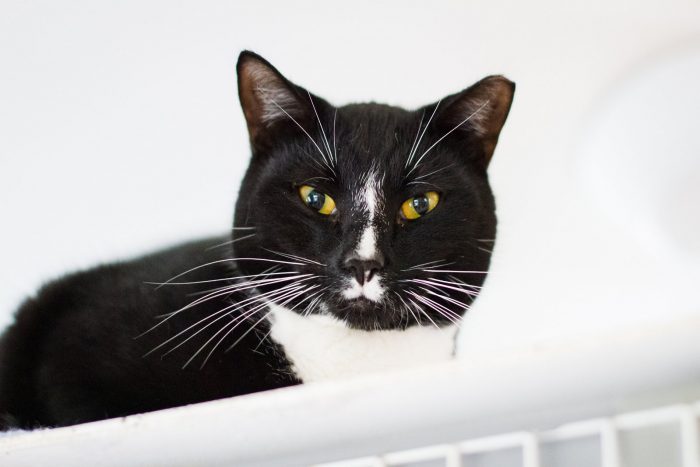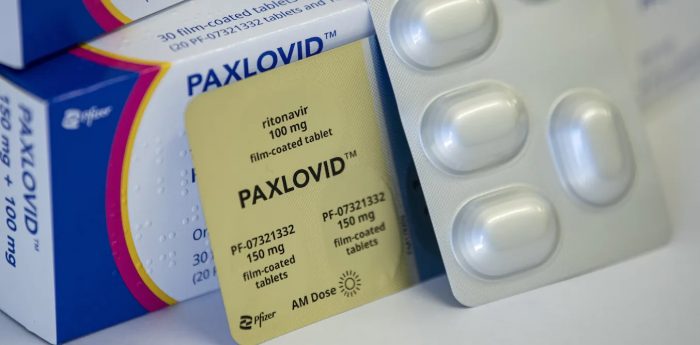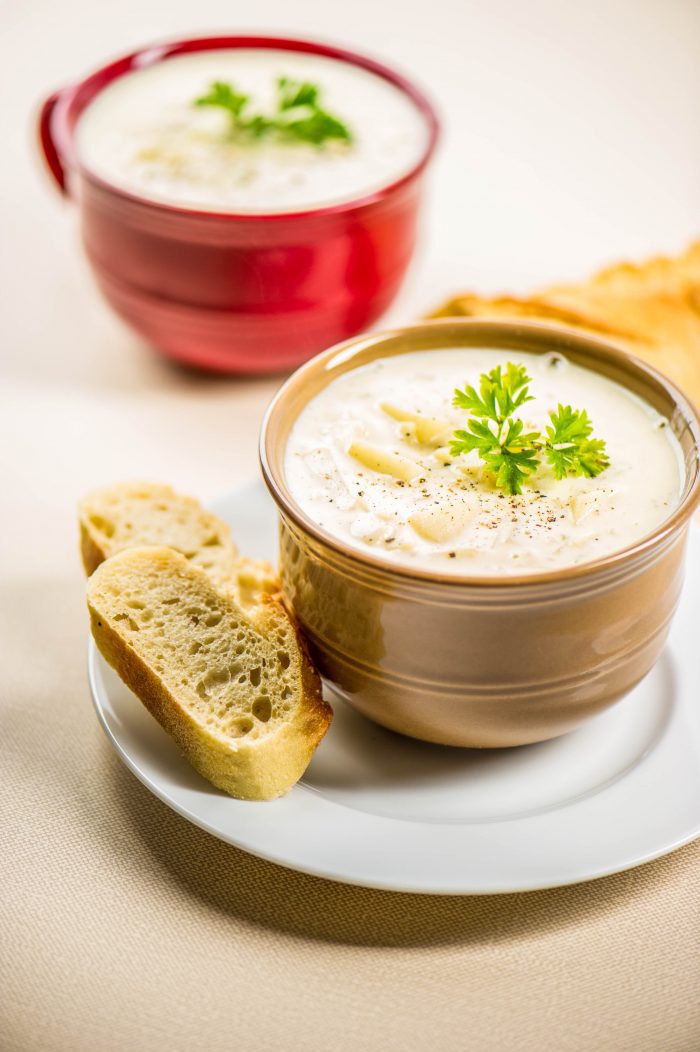By Michael E. Russell

What a week! Monday the Dow rose 765 points. Tuesday the Dow rose 826 points. Wednesday the Dow lost 40 points, a well-deserved rest. Back to the new reality. Thursday the Dow dropped 347 points followed by a loss of 630 points on Friday. Still, a gain of 1.5% for the week.
Is the market building a base at these levels? Were the gains of the past week what we used to call a “dead cat bounce” in a Bear market? Really hard to say.
Earnings are starting to weaken while consumer debt increases. An example of the cost of debt this year is as follows: Let us say that a family wishes to purchase a home while secured a $480,000 mortgage. Last year the cost would have been $2023 per month with an interest rate of 3%. That same mortgage presently would cost $3097 per month with a rate of 6.7%. Over a 30-year period you would pay an additional $385,000 in interest. These increases are taking a substantial portion of the middle class out of the real estate market. This is only one segment of a problematic economy.
Expectations of how many more rate increases the Federal Reserve will make is a big part of what is driving the price action in the stock market. The present administration is having a problem with conditions overseas. President Biden just met with the Crown Prince of Saudi Arabia. It was hoped that this meeting would lead to a production increase of 2 million barrels of oil per day.
Guess what? Upon Biden’s return, the Saudi’s announced a decrease of the same 2 million barrels per day. Productive meeting! On top of this, the President stated that we are facing a “potential nuclear Armageddon” the likes of which have not been seen since the Cuban Missile Crisis that President Kennedy faced in 1962. Nice thought to go to sleep with!!
Time to ease up a bit. The Federal Reserve cannot start cutting rates until the Consumer Price Index drops in half from its current level of 8.3%. In the meantime, investors should be taking advantage of U.S. Treasury yields. The 30-year bond is yielding 3.6% while the one- and two-year notes are yielding in excess of 4.1%. This is called an inverse yield curve. 4.1% for one year sure beats the 0.001% the banks are paying. Not very neighborly!
We may be getting close to a market bottom plus or minus 10%. Many financial “gurus” are suggesting a large cash position in investor portfolios. Brilliant! This after a decline of over 30% in the market. Where were these people in January and February?
Is crypto currency a viable investment now? Bitcoin was supposed to be an inflation fighter. However, the worst inflation since the early 1970s has coincided with a 60% drop in Bitcoin’s price over the past year. It was also stated that Bitcoin is “digital gold.” Not proven true. Gold itself has outperformed Bitcoin, losing just 6% of its value.
Ethereum, which is the second largest blockchain, has had a major upgrade which may fuel money going into crypto. Readers need to do their own research pertaining to crypto. My last thought on this topic: crypto strategist Alkesh Shah of Bank of America still feels that bitcoin and other cryptos are still viable long-term investments. As an aside, I really don’t have a long-term horizon.
On a pleasant note, my wife and I just returned from Scotland where we visited our granddaughter at the University of St. Andrew, an incredible experience.
The economy there is booming. We did not see vacant store fronts. Much pride was shown in their communities; cleanliness and politeness were everywhere. I was very interested in the opinion of the Scots vis a vis the vote to break from the UK.
I will breakdown opinions in three groups. The youth have little interest in the monarchy, the senior citizens still admire the monarchy due to their memories of WWII. The 40–60-year age group I found most interesting, although my questions were asked at a single malt scotch distillery. The point was made that Scotland is a land of 5.5 million, like Norway and Sweden. The British Pound is in free fall, which is threatening government and corporate pensions. The Scots are upset over Brexit. They wished to stay within the European Union.
As we get closer to Thanksgiving, let us hope that the Russian people put pressure on Putin to leave office or better yet, the planet. Best regards to all and enjoy this beautiful Fall season.
Michael E. Russell retired after 40 years working for various Wall Street firms. All recommendations being made here are not guaranteed and may incur a loss of principal. The opinions and investment recommendations expressed in the column are the author’s own. TBR News Media does not endorse any specific investment advice and urges investors to consult with their financial advisor.






 Welcome to the tenth edition of Paw Prints, a monthly column for animal lovers dedicated to helping shelter pets find their furever home!
Welcome to the tenth edition of Paw Prints, a monthly column for animal lovers dedicated to helping shelter pets find their furever home!



 Meet Charm
Meet Charm












